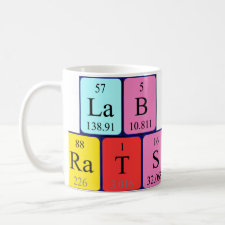
Authors: Ng SM, Narayanaswamy R
Article Title: Molecularly imprinted polymers as optical sensing receptors: Correlation between analytical signals and binding isotherms.
Publication date: 2011
Journal: Analytica Chimica Acta
Volume: 703
Issue: (2)
Page numbers: 226-233.
DOI: 10.1016/j.aca.2011.07.032
Alternative URL: http://www.sciencedirect.com/science/article/pii/S0003267011010324
Abstract: Despite the increasing number of usage of molecularly imprinted polymers (MIPs) in optical sensor application, the correlation between the analytical signals and the binding isotherms has yet to be fully understood. This work investigates the relationship between the signals generated from MIPs sensors to its respective binding affinity variables generated using binding isotherm models. Two different systems based on the imprinting of metal ion and organic compound have been selected for the study, which employed reflectance and fluorescence sensing schemes, respectively. Batch binding analysis using the standard binding isotherm models was employed to evaluate the affinity of the binding sites. Evaluation using the discrete bi-Langmuir isotherm model found both the MIPs studied have generally two classes of binding sites that was of low and high affinities, while the continuous Freundlich isotherm model has successfully generated a distribution of affinities within the investigated analytical window. When the MIPs were incorporated as sensing receptors, the changes in the analytical signal due to different analyte concentrations were found to have direct correlation with the binding isotherm variables. Further data analyses based on this observation have generated robust models representing the analytical performance of the optical sensors. The best constructed model describing the sensing trend for each of the sensor has been tested and demonstrated to give accurate prediction of concentration for a series of spiked analytes
Template and target information: copper ion, Cu(II), N-phenyl-1-naphthylamine, NPN
Author keywords: molecularly imprinted polymer, optical sensors, Binding isotherms, fluorescence, Reflectance, Multi-regressions analysis



Join the Society for Molecular Imprinting

New items RSS feed
Sign-up for e-mail updates:
Choose between receiving an occasional newsletter or more frequent e-mail alerts.
Click here to go to the sign-up page.
Is your name elemental or peptidic? Enter your name and find out by clicking either of the buttons below!
Other products you may like:
 MIPdatabase
MIPdatabase









